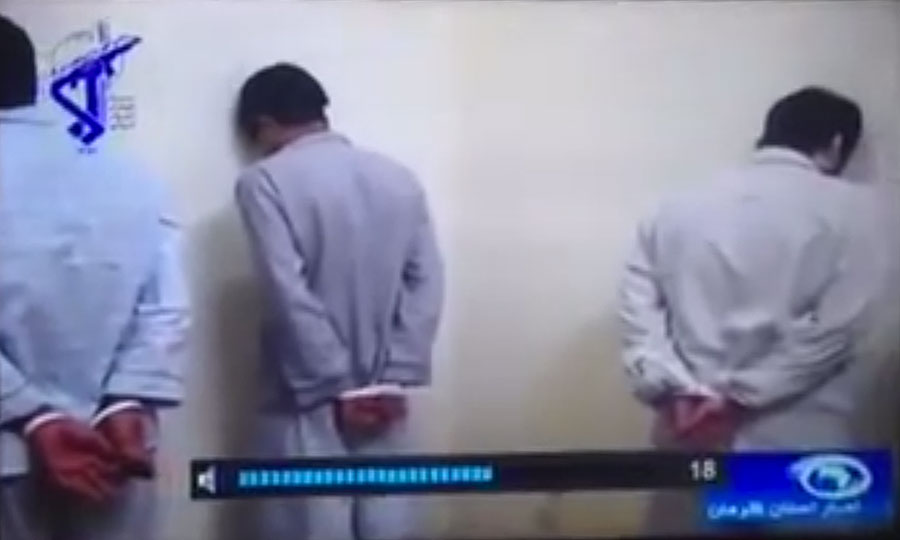The new twist for tech and online community in Iran

About two months ago, on Dec 13th, the editorial team of the popular technology news website in Iran Narenji.ir (www.narenji.ir) were arrested by the Iranian revolutionary guards’ corps (IRGC) intelligence unit. Narenji.ir is the Iranian equivalent of Engadget. The site reviews items such as new phones and tablets, as well as writing about new consumer technology trends. The news of arrests, reported by FarsNews, a news agency with close ties to the IRGC:
"A number of cyber activists were arrested by IRGC in the city of Kerman. A security official said, this group was acting as a sophisticated intelligence - media network and they are accused of helping foreign powers."
The owner and editors of Narenji.ir were shown a state TV news piece, handcuffed and blindfolded. This story quickly spread in the Iranian blogosphere and other forms of social media, under both the English-hashtag #Narenji and the Farsi equivalent #نارنجی.
After a day or two, another piece of news broke in: apparently this group was not the only one to be arrested. Also many independent bloggers, individuals running Facebook pages related to social or political activism and even the owner of health and lifestyle e-magazine Salemzi.com were also detained by the Iranian government. FarsNews announced that a total of 16 individuals had been arrested in various Iranian cities until Dec 4th.
Many of those arrested have had little if any political content on their webpages. So why have the arrested been carried out? And why now, at a time when Iranian foreign policy is moving towards a more conciliatory tone? It is vital to understand the complicated context in which these events have occurred:
• Mass medial communication in Iran is monopolized by the hardliners in the regime. This includes the state runt TV and Radio, as well as indirect control over most newspapers and news agencies. The Internet is the main medial channel outside the control sphere of the hardliners.
• 15 years ago reformist president Mohammad Khatami issued licence for many new newspapers, to open up for new voices in Iranian mass communication. The hardliners did not tolerate these new voices for long, and the papers were gradually shut down. Many journalists were even arrested by the Justice Department, which under the constitution operates out of the control of the President.
• Since the last presidential election half a year ago, the new moderate president’s cabinet and aides have relied heavily on social networks to communicate with people. The new president Hassan Rowhani is twitting. The Facebook page of Javad Zarif, Iran's new foreign minister, has close to 840’000 likes and is another channel for regular communication with particularly young people. Most ministers and cabinet members in the new government are using social media in one form or another. Since the election, there has been a large ongoing attack from the hardliners to the president's team for using social media websites such as Twitter and Facebook, although they are technically banned and blocked in Iran.
The arrests of individuals working with reporting about new technologies or health and lifestyle online can be better understood in a wider perspective, in which the Internet medium is under attack. However, today some 60% of Iran's population has access to the Internet. The question is if the hardliners will succeed in suppressing the Internet as a channel for information sharing. And if not, will the hardliners be able to adjust to a new framework, in which they do not have direct and indirect of most of the communication media?